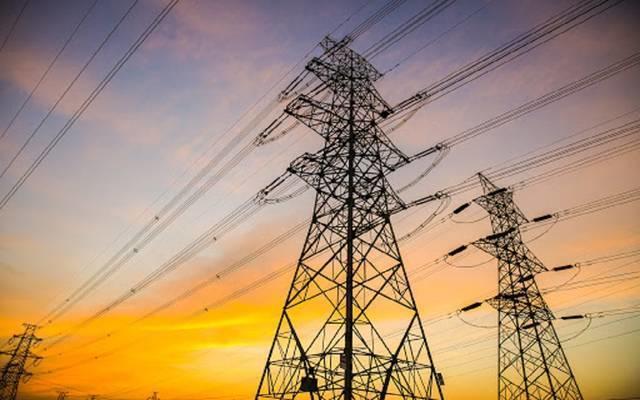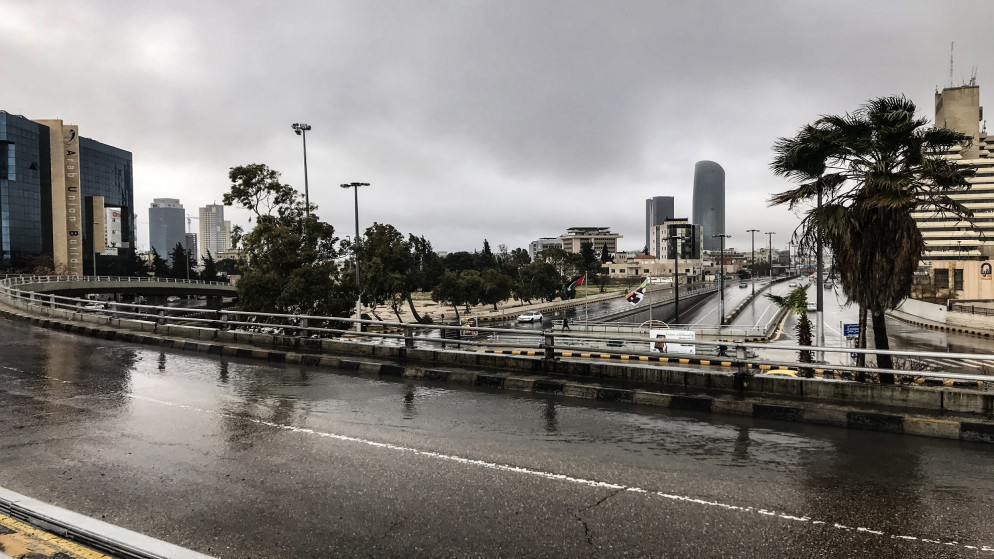Afaq News :
At least three people are dead and thousands have been displaced by a weekend of bushfires in Australia.
On Sunday, the fire emergency’s third day, more than 100 blazes were still burning across New South Wales and Queensland.
Prime Minister Scott Morrison said the military could be called upon to support the 1,300 firefighters working in the two states.
Hundreds of civilians have also volunteered to help in affected areas.
“My only thoughts today are with those who have lost their lives and their families,” Mr Morrison added.
Officials warn that extreme weather conditions could fuel more fires in the week, including near Sydney.
What’s the latest?
In Queensland, thousands of people spent the night in evacuation centres while officials assessed whether it was safe for them to return home.
Fire officials in NSW have confirmed that more than 150 homes have been destroyed.
Although cooler weather on Saturday night provided some reprieve, it is feared that high temperatures, low humidity and strong winds forecast from the middle of the week will fuel further fires that officials will be unable to contain.
Officials say they are likely to issue extreme fire warnings for large swathes of the NSW coast on Tuesday, with areas around Sydney thought to be particularly at risk.
“Under these conditions, these fires will spread quickly and threaten homes and lives,” NSW Rural Fire Service said in a statement.
“These conditions will be as bad, if not worse, than those experienced on Friday as they will be across a much broader area including large population centres like Sydney.”
Who were the victims?
While clearing affected areas on Friday, fire crews discovered the body of one victim in a burned out car near Glen Innes, about 550km (340 miles) north of Sydney.
In the same town on the same day, a woman was found suffering from severe burns. She was rushed to hospital but died shortly afterwards.


Carol Sparks, the mayor of Glen Innes, said on Sunday that the town’s residents were traumatised.
“The fire was as high as 20 foot [6m] and raging with 80 kilometres per hour [50 mph] winds,” she told Australian broadcaster ABC. “It was absolutely horrific for the people that were impacted.”
 Image copyrightREUTERS
Image copyrightREUTERS Image copyrightREUTERS
Image copyrightREUTERSOn Saturday, NSW police confirmed that a third person had died after a body was found in a burnt-out home near Taree, a town about 300km north of Sydney.
Police said the home belonged to a woman aged 63, but that they wouldn’t be able to confirm their identity until a post-mortem had been carried out.
In NSW, the worst-hit state, crews have fought hundreds of fires since last month, when two people died while trying to protect their home.
Earlier this month, a blaze burned though 2,000 hectares of bush which contained a koala sanctuary. Hundreds of the animals were feared to have died.
What about the drought?
Rains lashed NSW earlier this week, providing much relief to farmers. But the storms were not nearly enough to end the long-running drought.
Authorities in the state warn that many fires will continue to burn unless there is more rain.
“We just cannot overstate the profound impact that the drought is having on fire behaviour,” Mr Fitzsimmons said.
Water-bombing aircraft are often flying long distances because of the difficulty of accessing water in dry areas. In some cases authorities have drilled bores to keep up with demand.
“We’ve very mindful of the scarcity of water and how precious it is, but the reality is we can’t do firefighting without water,” Mr Fitzsimmons said.
 Image copyrightGETTY IMAGES
Image copyrightGETTY IMAGES Image copyrightAFP
Image copyrightAFP
Is this linked to climate change?
Australia’s fire season risks growing longer and more intense due to climate change, according to scientists.
Authorities said they were concerned about the severity of the fires ahead of its hottest months, a year after the nation experienced its warmest summer on record.

The bureau’s State of the Climate 2018 report said climate change had led to an increase in extreme heat events and increased the severity of other natural disasters, such as drought.
Even if global temperatures are contained to a 2C rise above pre-industrial levels – a limit set out in the landmark Paris accord, agreed by 188 nations in 2015 – scientists believe the country is facing a dangerous new normal.
Last year, a UN report said Australia was falling short in efforts to cut its CO2 emissions.
Have you been affected by the bushfires? Share your experiences by emailing haveyoursay@bbc.co.uk.
Please include a contact number if you are willing to speak to a BBC journalist. You can also contact us in the following ways:

















عذراً التعليقات مغلقة